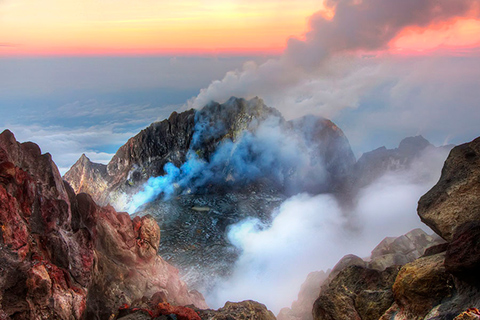
Human activities emit 60 or more times the amount of carbon dioxide released by volcanoes each year.
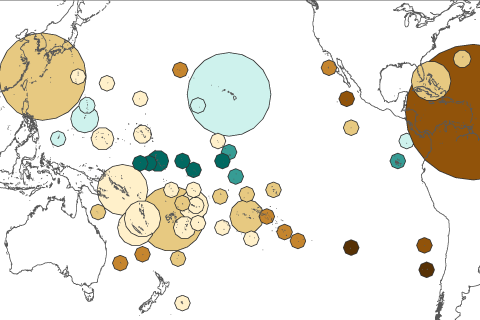
Based on rainfall changes alone, half of the island groups in a recent study were projected to get drier by the end of the century. When scientists also accounted for more evaporation due to rising temperatures, nearly three-quarters of the islands studied were projected to face freshwater stress.
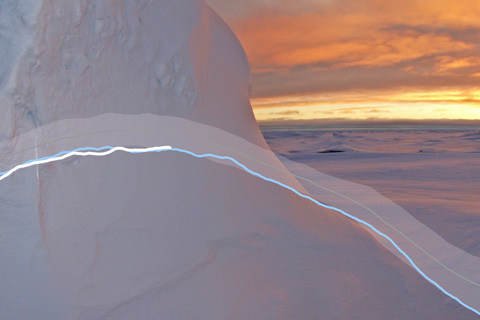
The 2016 winter maximum sea ice extent in the Arctic edged out 2015 to a set a new record low.

Over the next several decades, cacao-growing regions may grow warmer and drier, but with planning and adaptation, farmers can keep producing our favorite treat.

Walruses use sea ice for mating, giving birth, and resting, which means they face an increasing threat from global warming.

The melt season was up to 30 to 40 days longer than average in western, northwestern, and northeastern Greenland, but was close to or below average elsewhere on the ice sheet. Melt area was above average on 52 of the 90 days of the melt season.
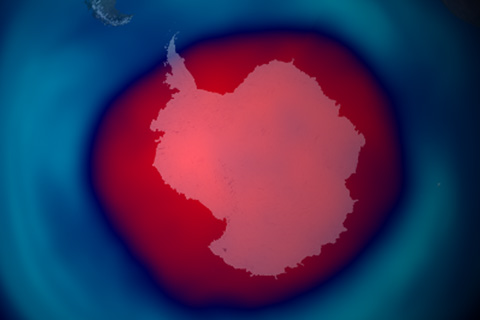
Thanks to an unusually cold winter in the Antarctic stratosphere, the 2015 ozone hole was larger than it has been in recent years.
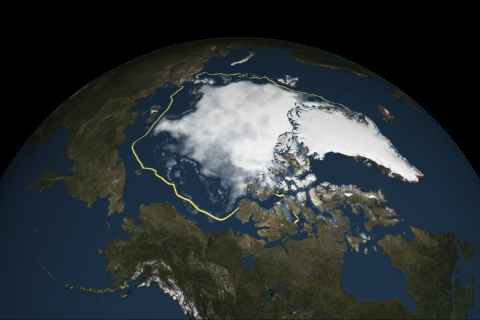
On September 11, 2015, Arctic sea reached its fourth-lowest minimum extent in the satellite record:1.70 million square miles (4.41 million square kilometers).
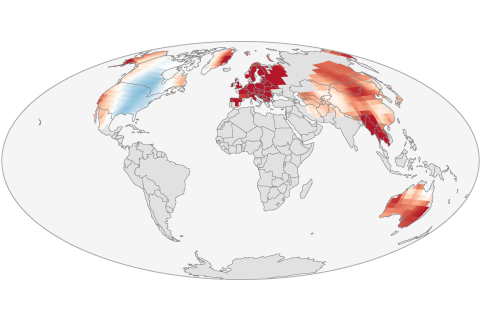
Cool conditions prevailed across large parts of the North America in 2014. Everywhere else, the frequency of warm days was higher than average, and the frequency of cold nights was below average.

Worldwide in 2014, three dozen reference glaciers experienced an average mass loss equivalent to of 853 millimeters of water equivalent in 2014.